 10 June is White Rose Day, the day when Prince James, Prince of Wales (James Francis Edward Stuart; "The Old Pretender" or "The Old Chevalier") was born in 1688, thus occasioning the English Whigs to begin to plot against his father, King James II and VII, our last Catholic King, so as to exclude from the throne all Catholic monarchs.
10 June is White Rose Day, the day when Prince James, Prince of Wales (James Francis Edward Stuart; "The Old Pretender" or "The Old Chevalier") was born in 1688, thus occasioning the English Whigs to begin to plot against his father, King James II and VII, our last Catholic King, so as to exclude from the throne all Catholic monarchs.King James III and VIII, de jure King, died on 1 January 1766 and, as the son of the deposed King James II and VII, rightfully claimed the English, Scottish and Irish thrones (as James III of England and Ireland and James VIII of Scotland) from the death of his father in 1701, when he was proclaimed King of England, Scotland and Ireland by his cousin Louis XIV of France. Following his death in 1766 he was succeeded by his son Prince Charles Edward Stuart ("Bonnie Prince Charlie") in the Jacobite Succession.
At that time, the Kings of England also still maintained their medieval claim to the throne of France (albeit King Louis XIV of France clearly did not recognise that claim).
The White Rose or White Cockade is the symbol of Catholic monarchy all over Europe.
The motto of the family was (in Old French) Aymez Loyauté - "Love Loyalty"- a fitting motto if ever there was one.
God save the House of Stuart!
 King James III of England and Ireland and VIII of Scotland - the legitimate Catholic King - when he was a young prince, in armour, wearing the sash of a Knight of the Garter.
King James III of England and Ireland and VIII of Scotland - the legitimate Catholic King - when he was a young prince, in armour, wearing the sash of a Knight of the Garter.
King James III and VIII de jure
King of England, Scotland, France and Ireland
was illegally prevented
by the rich, corrupt, Protestant English Whigs
from occupying his throne
for no other reason than that he was
a faithful and loyal Roman Catholic.
Unlike the Whigs, Jacobites were Crown Unionists, against parliamentary union, but in favour of home rule and subsidiarity and the union of the Crowns, with each of the Three Kingdoms ruling themselves under one Stuart Crown.
Agostino Masucci. 1735. The solemnization of the marriage of Prince James Francis Edward Stewart and Princess Maria Clementina Sobieska at Montefiascone, Italy, 1 September 1719.
King of England, Scotland, France and Ireland
was illegally prevented
by the rich, corrupt, Protestant English Whigs
from occupying his throne
for no other reason than that he was
a faithful and loyal Roman Catholic.
Unlike the Whigs, Jacobites were Crown Unionists, against parliamentary union, but in favour of home rule and subsidiarity and the union of the Crowns, with each of the Three Kingdoms ruling themselves under one Stuart Crown.
Agostino Masucci. 1735. The solemnization of the marriage of Prince James Francis Edward Stewart and Princess Maria Clementina Sobieska at Montefiascone, Italy, 1 September 1719.
The symbol of legitimate Roman Catholic monarchy
is
the White Rose or the White Cockade

There'll Never Be Peace Till Jamie Comes Hame
by Robert Burns
By yon castle wa' at the close of the day,
I heard a man sing, tho' his head it was grey,
And as he was singing, the tears doon came -
'There'll never be peace till Jamie comes hame!'
'The Church is in ruins, the State is in jars,
Delusion, oppressions, and murderous wars,
We dare na weel say't but we ken wha's to blame
There'll never be peace till Jamie comes hame!
'My seven braw sons for Jamie drew sword,
But now I greet round their green beds in the yerd;
It brak the sweet heart o' my faithfu' auld dame -
There'll never be peace till Jamie comes hame!
'Now life is a burden that bows me down,
Sin I tint my bairns, and he tint his crown;
But till my last moments my words are the same -
There'll never be peace till Jamie comes hame!'
The Jacobite line of succession
Here is Irish singer, Mary Black, singing in Gaelic that famous Irish lament for the loss of, and desire for the return of, Bonnie Prince Charlie, Prince Charles Edward Stuart, the Young Pretender to the throne, and son of King James III and VIII, "My Gallant Darling" - Mo Ghile Mear - the term of endearment by which the loyal Irish called the Prince. Notice how they refer to him as "my Caesar" showing that the Scots and Irish considered the Stuart monarchs to be Ard Ri, that is "High King" or "Emperor" of each Kingdom and of the Three Kingdoms.
Mo Ghile Mear
|
|
Queen Saint Margaret of Scotland
Fittingly, 10 June is also the Feast of Queen Saint Margaret of Scotland, ancestress of the Stuart kings.
Here is a summary of her noble life from the Breviarum Romanum, Matins, 2nd Nocturn, readings 4, 5 and 6:
Margarita Scotorum regina, paterno Angliae regum, materno Caesarum sanguine clarissima, illustrior adhuc fuit christiana virtute. Haec in Hungaria nata, ubi pater tunc temporis exsulabat, post exactam summa cum pietate puerilem aetatem, una cum genitore, qui a sancto Eduardo patruo, Anglorum rege, ad paterni regni fastigium vocabatur, in Angliam venit. Mox alternante parentum fortuna ex Angliae littore solvens, vi tempestatis expulsa, seu verius divinae providentiae consilio deducta est in oram maritimam Scotiae. Ibi cum ex matris imperio Malcholmo tertio Scotorum regi, egregiis ejus dotibus capto, nupsisset, sanctimoniae ac pietatis operibus triginta, quibus regnavit annis, toti regno mirifice profuit. Inter regales delicias corpus afflictationibus, ac vigiliis macerans, magnam noctis partem piis precationibus extrahebat. Praeter alia jejunia, quae identidem usurpabat, integros quadraginta dies ante Natalitia festa tanta cum severitate jejunare consuevit, ut ne in gravissimis quidem doloribus intermiserit. Divino cultui addictissima, templa plurima et coenobia partim ex integro excitavit, partim resarcivit, et sacra supellectili, ac largo censu ditavit. Regem conjugem ad meliorem frugem, et ad similia suis exercitationibus opera saluberrimo exemplo traduxit, liberosque omnes tam sancte et feliciter educavit, ut eorum plerique quemadmodum et Agatha mater, et Christina soror, sanctissimum vitae genus amplexi sint Universi demum regni felicitati consulens, a vitiis omnibus, quae furtim irrepserant, populos expurgavit, eisque mores christiana pietate dignos restituit. Nihil tamen aeque in illa mirabile fuit, ac flagrantissima caritas erga proximos, praesertim egenos, quorum numerosis gregibus non modo stipem affatim suppeditare, verum etiam trecentis quotidie materna benignitate dapes praebere, flexis genibus in morem ancillae ministrare, regiis manibus pedes abluere, et pressis etiam osculis ulcera fovere, solemne habuit. His porro aliisque piis sumptibus non regias tantum vestes, et pretiosa monilia distraxit; sed ipsum non semel exhausit aerarium. Toleratis demum ad patientiae miraculum acerbissimis doloribus, animam semestri corporis aegrotatione purgatam Auctori suo sextodecimo Kalendas Decembris reddidit. Quo temporis momento facies ejus diuturni morbi macie ac pallore foedata, insolita quadam venustate refloruit. Miris etiam post mortem prodigiis clara, et Clementis decimi auctoritate in Scotiae patronam accepta, ubique terrarum religiosissime colitur.
"Margaret, Queen of Scots, was most noble by birth, uniting in herself, from her father the blood of the Kings of England and from her mother the most pure blood of the Caesars [of the Holy Roman Empire], but her greatest nobleness was in her brave Christian life. She was born in Hungary, where her father was then an exile, and had passed a religious childhood, when her uncle Saint Edward, the King of England, recalled him to his own royal home, and she came to England with him. A few years after, upon the ruin of her family, she was escaping from England by sea, when the violence of the weather, or, to speak more truly, the Providence of God, caused that the ship should take refuge upon the coast of Scotland. There her extraordinary graces of mind and body so attracted King Malcolm III., that by the advice of his mother, he took her to wife and of Scotland she deserved exceedingly well for the thirty years of her reign, by the holiness of her life and the abundance of her works of mercy. In the midst of kingly dainties, she afflicted her body with hardships and watching, spending a great part of the night in earnest prayer. Besides other fasts which she imposed upon herself, it was her custom to observe one of forty days before Christmas, concerning which fast she was so rigid, that she would not relax it even under sharp suffering. She took great delight in the public worship of God, and founded or renewed a great number of churches and convents, which she enriched at great cost with sacred furniture. Her healthy example drew the King, her husband, to habits of sobriety, and to imitate her in her good works. To all her children she had the happiness of giving a godly education, and several of them, like her mother Agatha and her sister Christina, led notable holy lives. The happiness of the whole kingdom was the object for which she constantly strove, and she successfully rooted out all the vices which had stealthily crept in, and established among the people a standard of living worthy of Christians. The most remarkable feature of her life was the tenderness of her charity toward her neighbour, especially the needy. Of these she would not only order whole flocks to be relieved, but was accustomed to give dinner to three hundred of them every day, treating them with the tenderness of a mother, and waiting upon them on her knees like a maidservant. She held it one of the privileges of her rank to wash their feet with her own Royal hands, and to dress their sores, which latter she would even kiss. To meet the expenses of her charities she sold not only her queenly raiment and her precious jewels, but more than once exhausted her funds entirely. Purified by grievous suffering, which she bore with marvellous patience during an illness of six months, she resigned her soul into the hands of Him Who had created it, upon the 11th day of June. At the moment of death, the bystanders saw her poor worn face, pale and disfigured by continual suffering, flush again with a beauty to which it had long been unused. After her death she became illustrious on account of great signs and wonders. With the approval of Pope Clement X, she was chosen Patroness of Scotland, and her memory is held in profound reverence throughout the whole earth."
Queen Saint Margaret was a great devotee of the holy liturgy of the Church - probably an early form of the Sarum use in her case - and used to hear mass in the morning several times, including Solemn High Mass, every day. She is a very fitting saint for those who love and revere the traditional rites of the Roman Catholic Church.
Queen St Margaret of Scotland, pray for us and for Scotland!
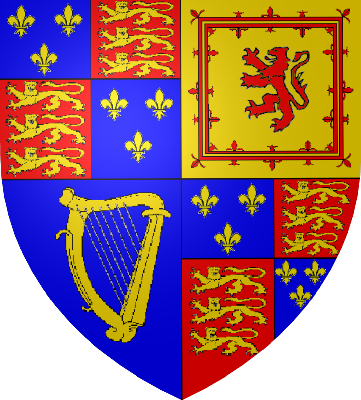
_by_Agostino_Masucci.jpg)









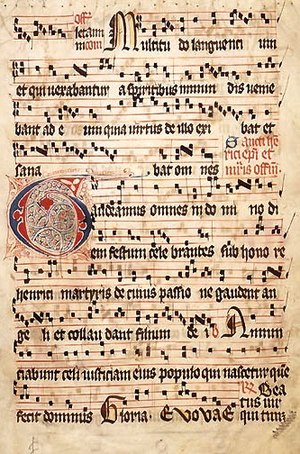

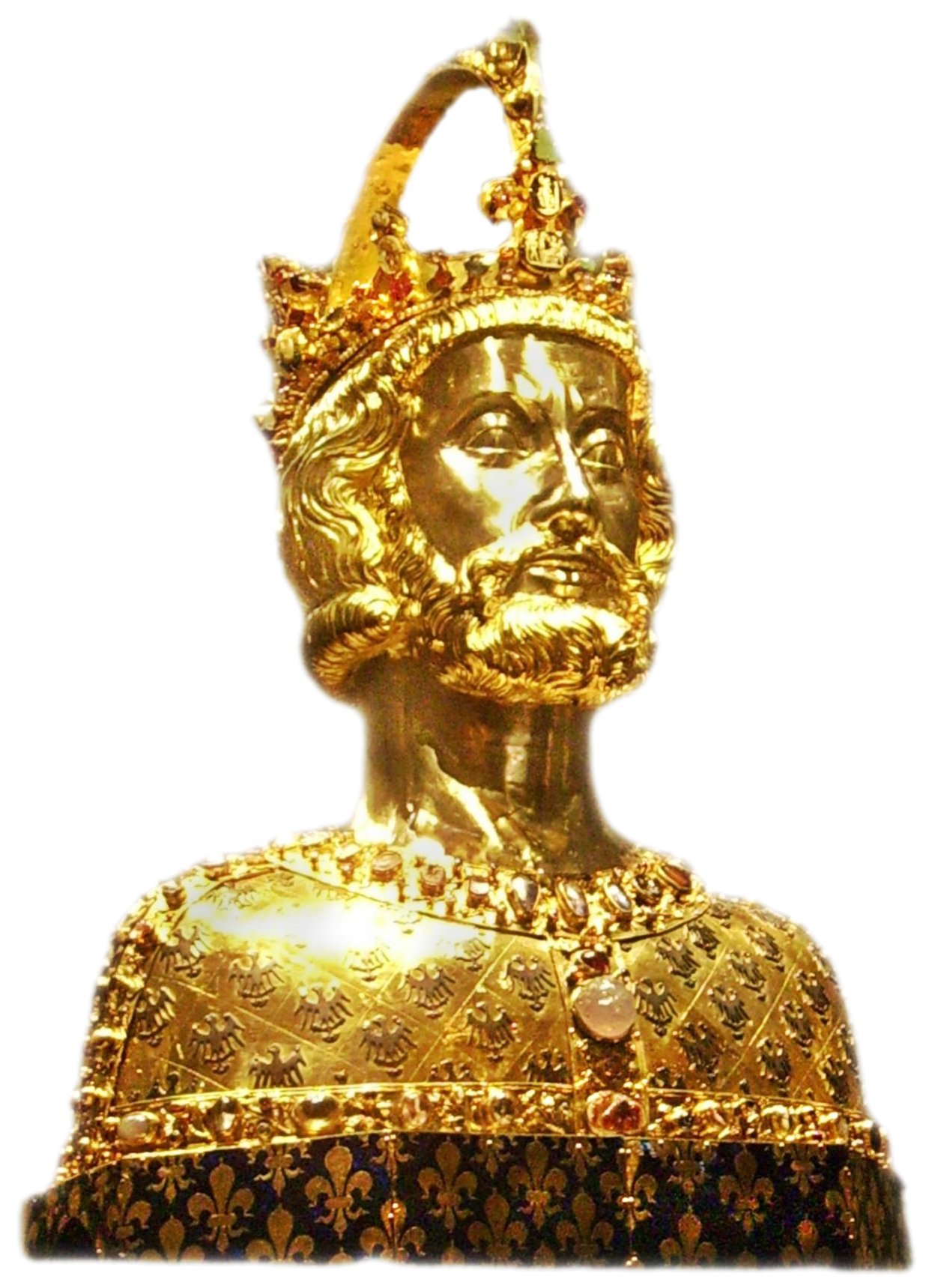



.jpg)


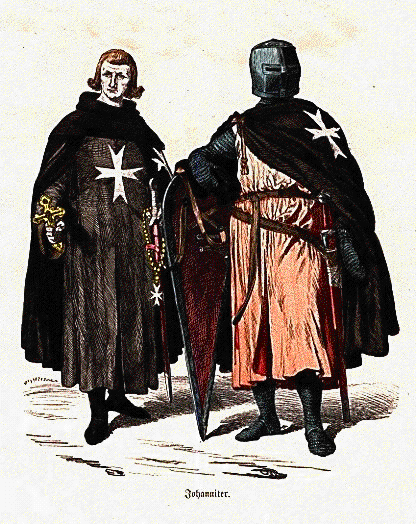

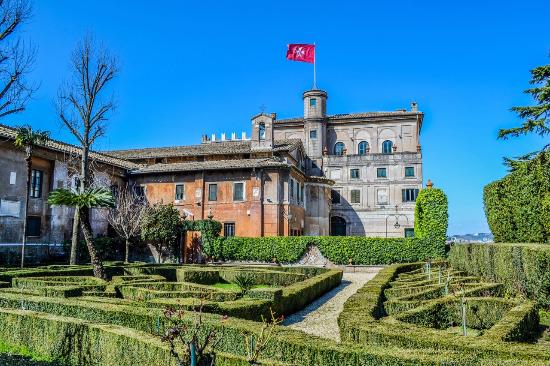


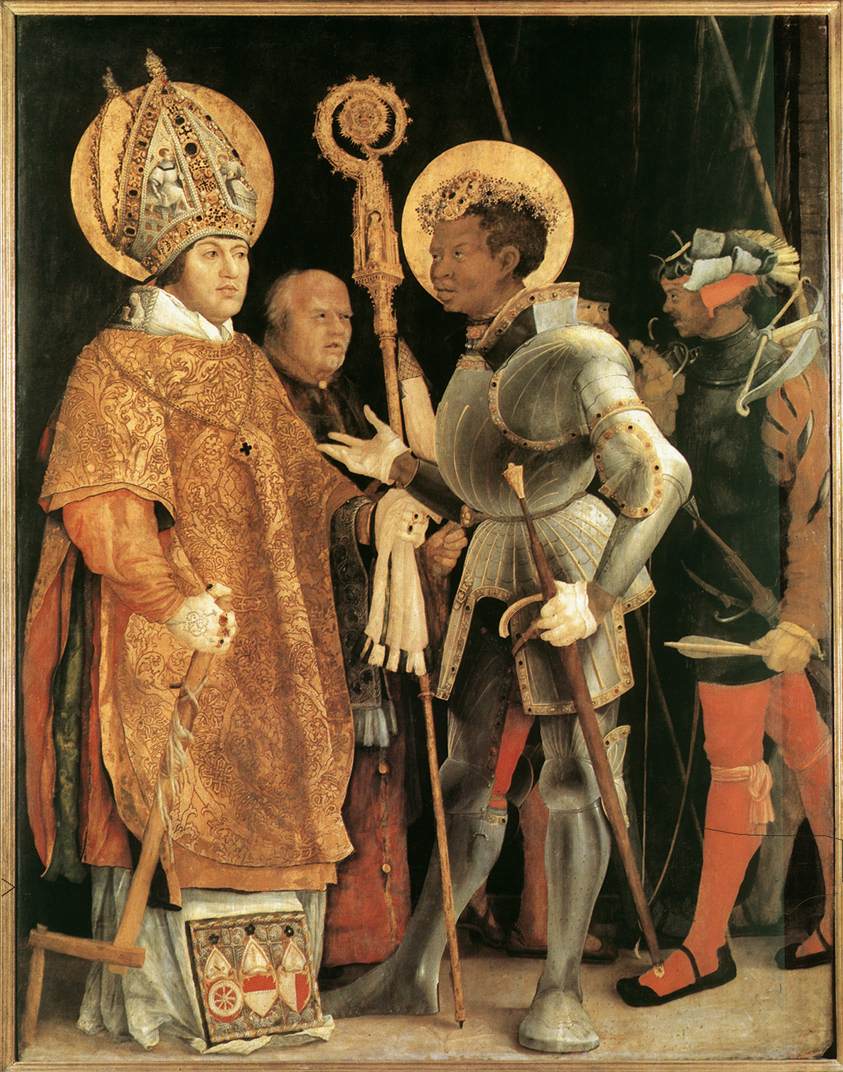
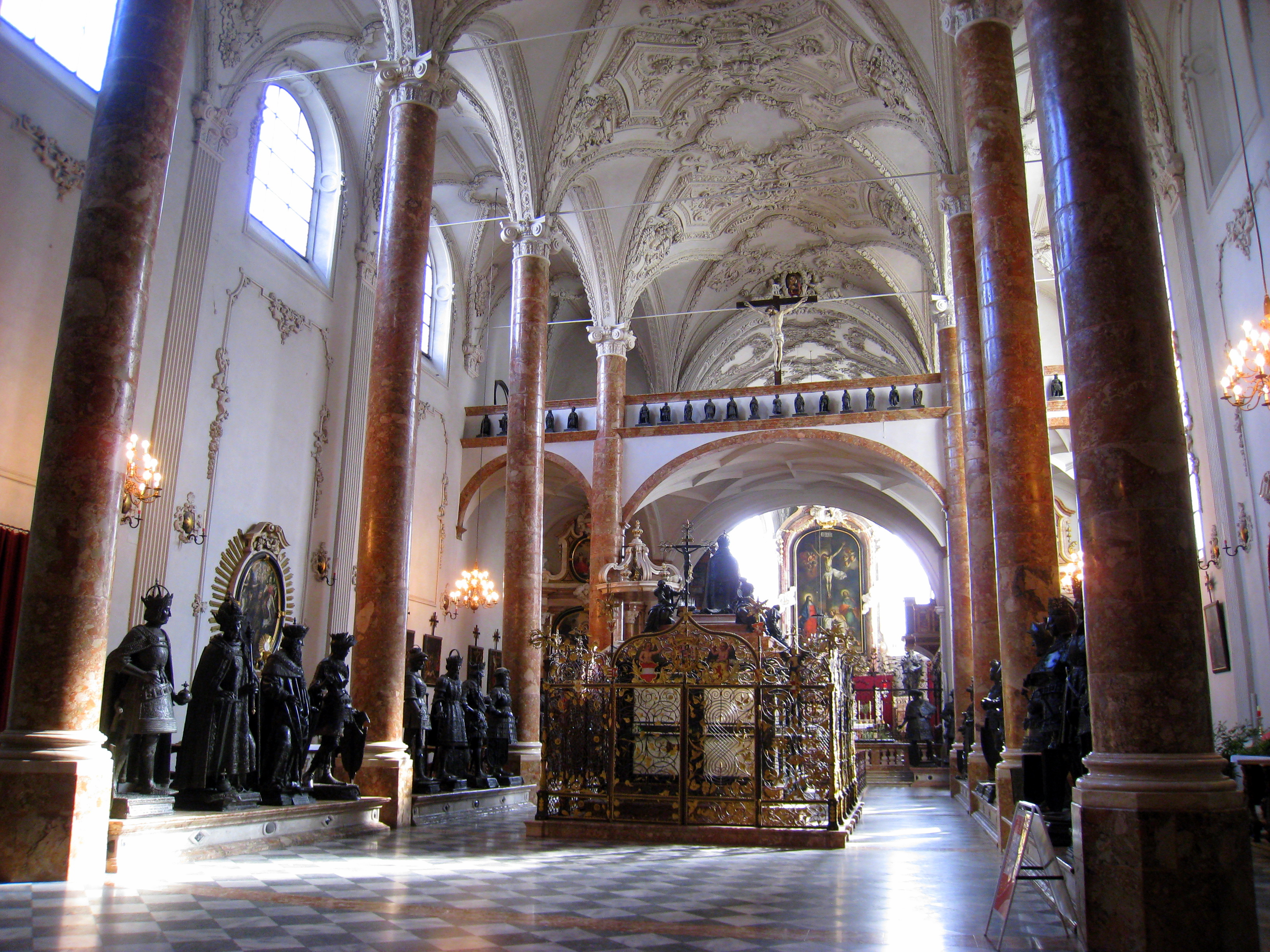


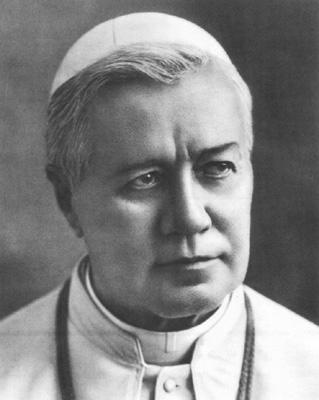






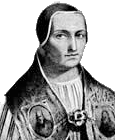






_-002.jpg/220px-Circle_of_Anton_Raphael_Mengs,_Henry_Benedict_Maria_Clement_Stuart,_Cardinal_York_(ca_1750)_-002.jpg)



19 comments:
Hi there, from Scotland!
We are trying to spread the word about our petition to the Holy See, supporting Cardinal Burke's exhortations to priests to apply Canon Law # 915 to politicians (and others) who are publicly protesting Catholic teaching and morals, voting for abortion and same sex marriage.
You can reach the petition via the link on our homepage, and read the text/sign the petition there. I hope you will publicize this for us, as it is a matter of much concern to us all, worldwide. http://www.catholictruthscotland.com
Thank you
Delighted to help my Scottish Catholic brethren!
Thank you SO much! Please spread the word - petition a little slow! God bless!
Hi, Tribunus,
I found your blog whilst researching King James II and the Jacobites! I am a Catholic British history buff myself and am currently writing a British history book, currently focusing on the Jacobites in particular!
I also run a blog which you are welcome to visit (we share some common interests): http://www.longbowsandrosarybeads.blogspot.com
God Bless,
Pearl of Tyburn
Excellent!
You are a Pearl indeed!
Dear Mr. Tribunus,
Being an habitual reader of this blog, I would like to ask on the Irish question: According to the Roman Catholic political teaching, was the Kingdom of Ireland ever legitimate? As long I know, the proclamation made by Henry VIII and his daughter Elizabeth was deemed invalid by the Church. Was it legitimized by the Stuart's rise?
I would like to ask for an opinion about which situtaion would be legitimate and adequate: An Full Union with Great Britain, a Home Rule or a Jacobite restoration?
Salute from Brazil!!!
Dear Senhor Tiburcio,
According to the Roman Catholic political teaching, the Kingdom of Ireland was indeed legitimate.
The proclamation made by Henry VIII was certainly deemed invalid by the Church.
However, it was later legitimised by the Church upon the accession of Queen Mary (Tudor) and her husband King Philip I of England (II of Spain).
Before then it had been considered by the Church to be the Lordship of Ireland, an appanage of the English Crown since the granting of the same to King Henry II of England by Pope Adrian IV in his Bull Laudabiliter of 1155.
The most legitimate and adequate - and historically justified - political settlement for the British Isles would be the restoration of the Three Kingdoms of England (with Wales), Scotland and Ireland, each with Home Rule under the Crown consisisting of an House of Commons and an House of Lords in each country, save Scotland which always had a unicameral legislature in which both Lords and Commons sat together.
This is what the Jacobites fought for and it was the true and ancient Constitution of these Islands.
Dear Senhor Tiburcio,
According to the Roman Catholic political teaching, the Kingdom of Ireland was indeed legitimate.
The proclamation made by Henry VIII was certainly deemed invalid by the Church.
However, it was later legitimised by the Church upon the accession of Queen Mary (Tudor) and her husband King Philip I of England (II of Spain).
Before then it had been considered by the Church to be the Lordship of Ireland, an appanage of the English Crown since the granting of the same to King Henry II of England by Pope Adrian IV in his Bull Laudabiliter of 1155.
The most legitimate and adequate - and historically justified - political settlement for the British Isles would be the restoration of the Three Kingdoms of England (with Wales), Scotland and Ireland, each with Home Rule under the Crown consisisting of an House of Commons and an House of Lords in each country, save Scotland which always had a unicameral legislature in which both Lords and Commons sat together.
This is what the Jacobites fought for and it was the true and ancient Constitution of these Islands.
Please note, the name of the Catholic Church is NOT "Roman Catholic" but simply "Catholic".
Check out this clear but simple explanation
http://www.ewtn.com/faith/teachings/churb3.htm
Please note that the name of the Catholic Church CERTAINLY IS "Roman Catholic" and not simply "Catholic".
Kenneth Whitehead's attempted "explanation" is signally erroneous, unfortunately not untypical of many American writers.
Mr Whitehead should do his research before pontificating.
The Church has always referred to itself as "One, Holy, Catholic, Apostolic AND Roman".
Here are a but a few examples:
"If we would define and describe this true Church of Jesus Christ - which is the One, Holy, Catholic, Apostolic and Roman Church - we shall find nothing more noble, more sublime, or more divine than the expression 'the Mystical Body of Christ'" (Pope Pius XII, Mystici Corporis Christi, n. 13).
"The holy, Catholic, Apostolic, Roman Church believes and confesses..." (First Vatican Council, Const. de fide cath, c. 1)
"By the heart we believe and by the mouth we confess the one Church, not of heretics but the Holy Roman, Catholic, and Apostolic (Church) outside which we believe that no one is saved" (Pope Innocent III, Eius Exemplo, 18 December 1208: Denz. 423).
These are but 3 readily to hand.
There are many, many more.
And Newman, in his Development of Christian Doctrine, shows conclusively that, from the earliest of times, Catholics were referred to as both "Roman" and "Catholic".
Reading your posts of September refreshed me more than I can say. I am an Orthodox Roman Catholic living in California. My bookshelves are stuffed with history and the saints, but there is no one at all to speak of them to. Reading your posts made for the loveliest evening. I even learned about a new saint and a new Our Lady. Thank you from the heart.
Apparently according to ancestry . Com....I am one of his descendants....
Thank you Deborah!
Then, Sharon, we are cousins since I descend directly from St Margaret.
I assume, from the tenor of your blog, that you are a Roman Catholic of a Traditional bent, as am I. I ask you then, how do you justify your Jacobitism with the Holy Dee's explicit refusal to recognise Charles Edward as King?
Dear Jovan-Maryam Weismiller,
I am surprised that you ask such a question.
The Holy See is not infallible in matters of political policy, neither are we, as Catholics, obliged to follow the political policy of the Holy See.
In fact, the Holy See DID recognise the claims of Prince Charles Edward Stuart until it became politically inexpedient for them. That was not until the cause had been lost and was thus a dictate of practical politics.
The Holy Empire pursued the same policy and for similar reasons.
But, even then, both Pope and Emperor gave special recognition to the House of Stuart and they were buried in a place of honour in St Peter's Basilica.
During the life of henry IX, the Cardinal Duke of York, there was a rapprochement between King George III and the Cardinal and, after the Cardinal lost his fortune supporting a Crusade against the Muslim Turks, King George gave him a pension to sustain him. In these circumstances, it was entirely reasonable for the Pope, the Emperor and the Jacobites themselves, to recognise that the return of the Stuarts was no longer a practical possibility.
As a Jacobite and a Catholic, and for sound Thomistic reasons, I recognise the present monarch, Queen Elizabeth II, as the true monarch of these islands.
That is not only sound morality but also entirely sound Jacobitism which is not a creed of slavish adherence to an earthly dynasty but a profoundly Christian political philosophy endorsing Christian monarchy, Christian government and the continuance of the ancient Constitution of these islands for the good and Christian government of these realms. You need have no doubt that such was also the belief of the Royal Stuarts themselves, not least King James II & VII, after whom Jacobitism is named.
It's an error I try to correct when I see it so forgive me for interjecting a fact here, in response to Jovan-Marya;s reference to "Roman Catholic....."
Apart from those born and living in Rome, there is no such thing.
https://www.ewtn.com/faith/teachings/churb3.htm
I know it is now a widely spread error with this and that "RC Diocese" emblazoned across websites around the world, but it doesn't change the fact that the term in a Protestant coinage to spread the condemned heresy of a Church made up of "branches."
Given that this is essentially a history blog, I'm sure you will all welcome this fact thrown in to the mix.
Thanks for sharing, nice post! Post really provice useful information!
An Thái Sơn với website anthaison.vn chuyên sản phẩm máy đưa võng hay máy đưa võng tự động tốt cho bé là địa chỉ bán máy đưa võng giá rẻ tại TP.HCM và giúp bạn tìm máy đưa võng loại nào tốt hiện nay.
Post a Comment